“Sargija,” is a traditional Bosnian folk music instrument. Given your previous queries, I’ll assume this is likely a stamp from one of the Balkan countries, possibly Bosnia and Herzegovina or a neighbouring nation. Let’s explore this fascinating cultural artefact:
- The Sargija:
- A long-necked lute-like string instrument, primarily used in traditional Bosnian and Herzegovinian folk music.
- Also known in other parts of the Balkans, especially among South Slavic peoples.
- Its name likely derives from the Turkish “şarkı” (meaning “eastern” or referring to a type of song), reflecting Ottoman influences in the region.
- Physical Characteristics:
- Long neck with frets, allowing for playing various notes.
- A rounded body, often pear-shaped, made from wood.
- Typically has 4 to 6 strings, traditionally made of gut but now often nylon or steel.
- Played with a plectrum (pick) or fingers, producing a distinctive sound reminiscent of both European and Middle Eastern traditions.
- Cultural Significance:
- Central to the Sevdalinka musical tradition of Bosnia, a genre of emotional, often melancholic urban folk music.
- Used in various folk ensembles and for solo performances.
- Symbolizes the multicultural history of the region, blending Slavic, Ottoman, and even earlier influences.
- Playing the sargija is seen as an art form, with skills often passed down through generations.
- Stamp Details (Speculative):
- Image: Likely a detailed illustration or photograph of the sargija, possibly in the hands of a musician.
- Context: Might include traditional Bosnian or regional patterns, architectural elements, or landscapes.
- Text: Probably in the local language (Bosnian, Croatian, or Serbian) and possibly English for international appeal.
- Part of Series: Could be one in a series on traditional instruments, folk music, or cultural heritage.
- Philatelic Significance:
- Appeals to collectors of music-themed stamps, Balkan cultural items, or those interested in ethnomusicology.
- Serves as a miniature ambassador for the rich musical traditions of the region.
- May coincide with a festival, anniversary, or UNESCO recognition of the instrument or related music.
- Broader Context:
- Post-Yugoslav nations often use stamps to assert distinct cultural identities while also acknowledging shared heritage.
- Featuring the sargija highlights both the unique Bosnian Sevdalinka tradition and the broader Balkan musical tapestry.

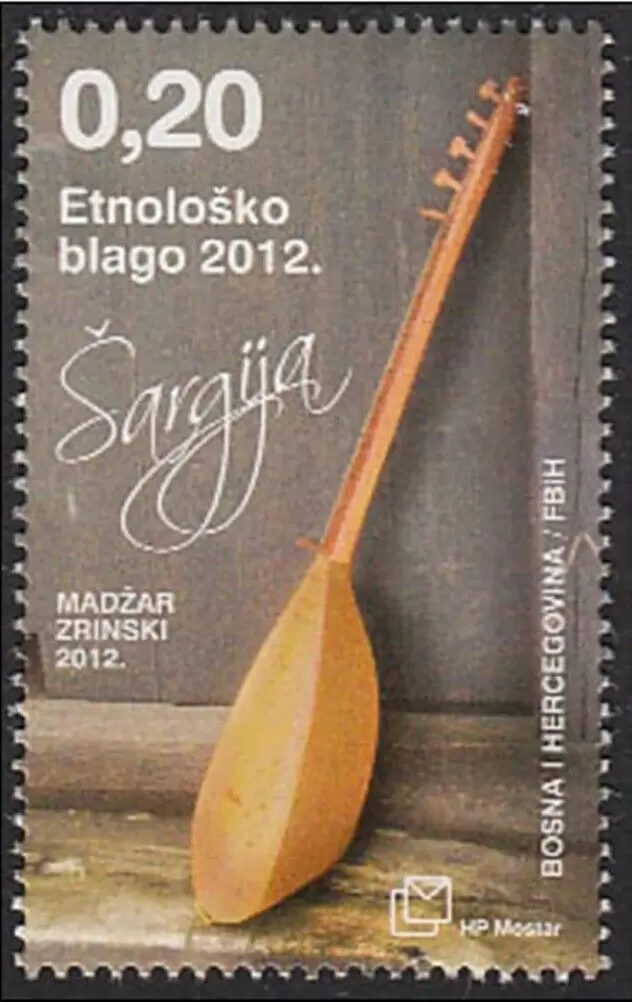
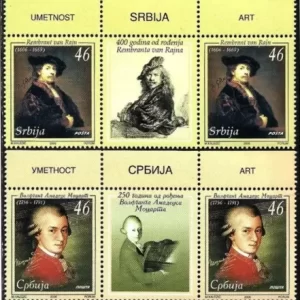
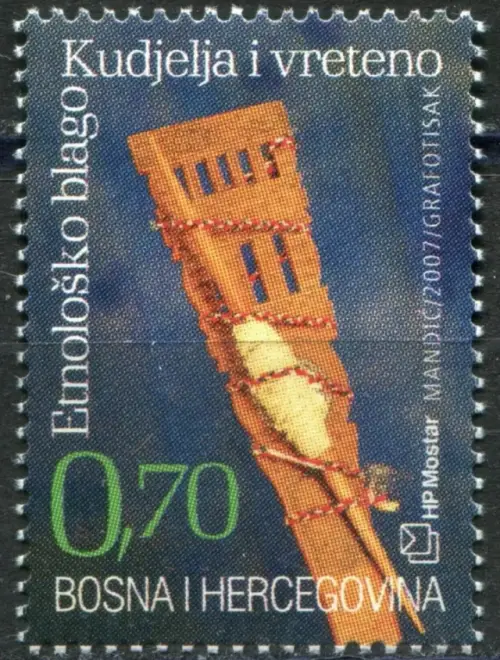
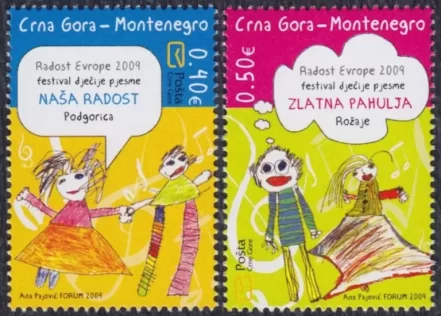
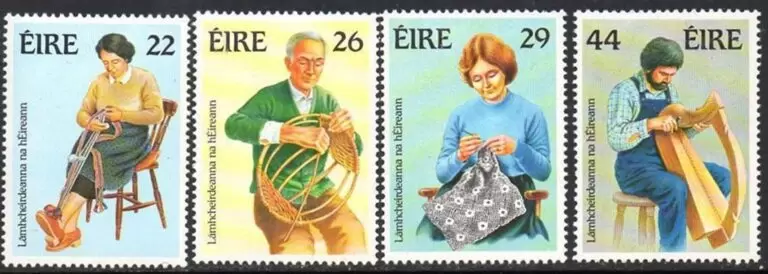
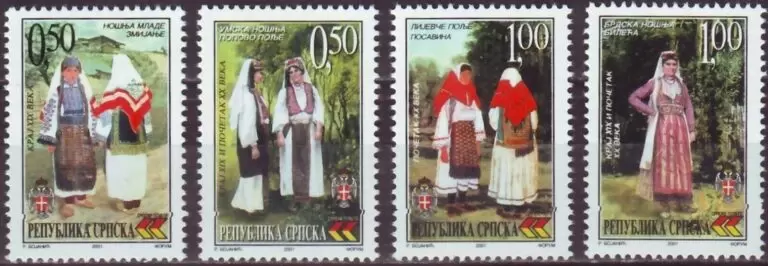

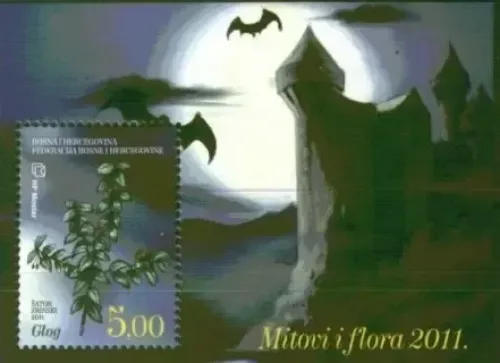
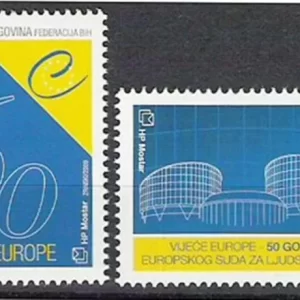
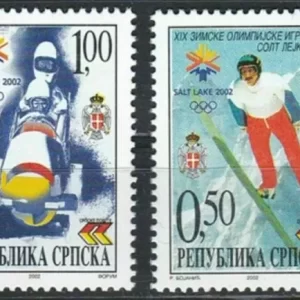
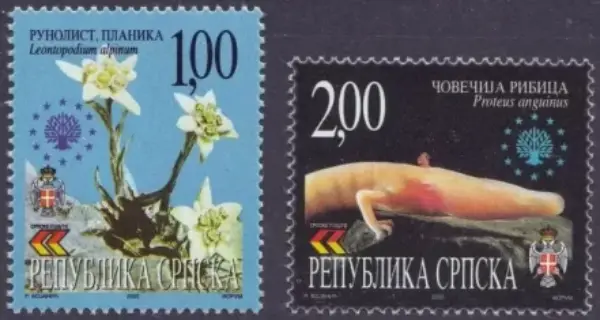
Reviews
There are no reviews yet.